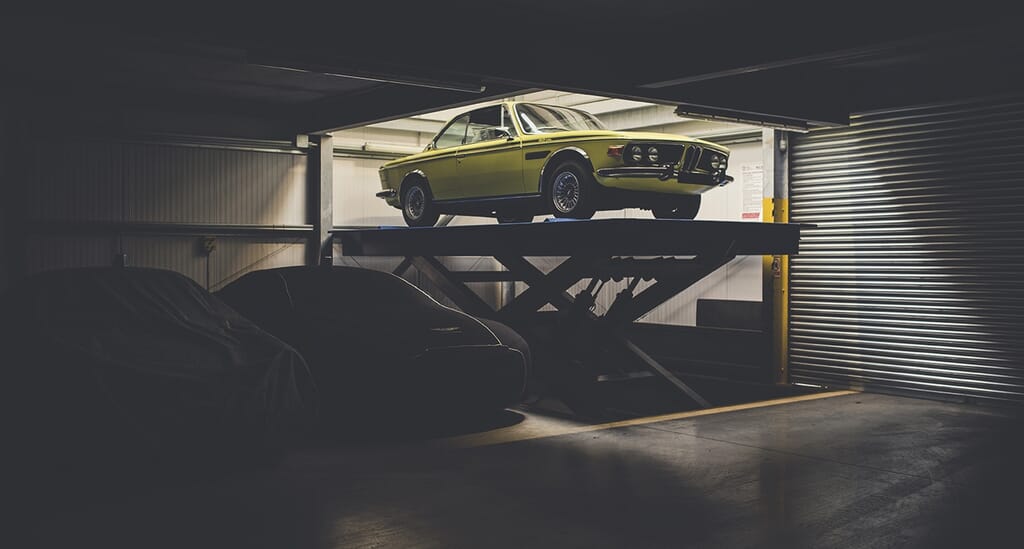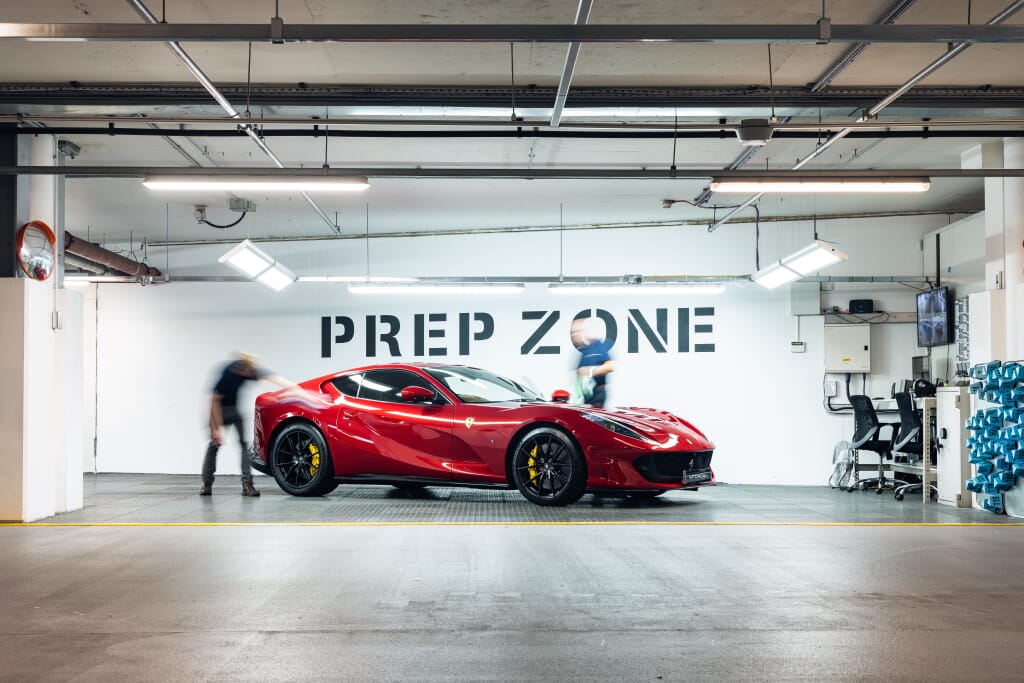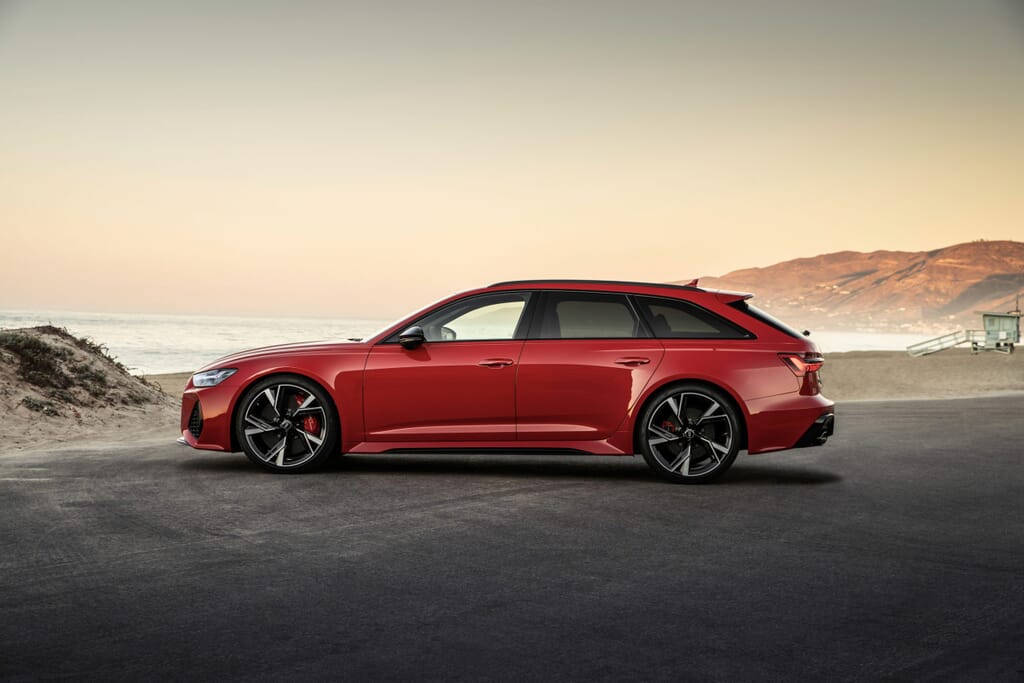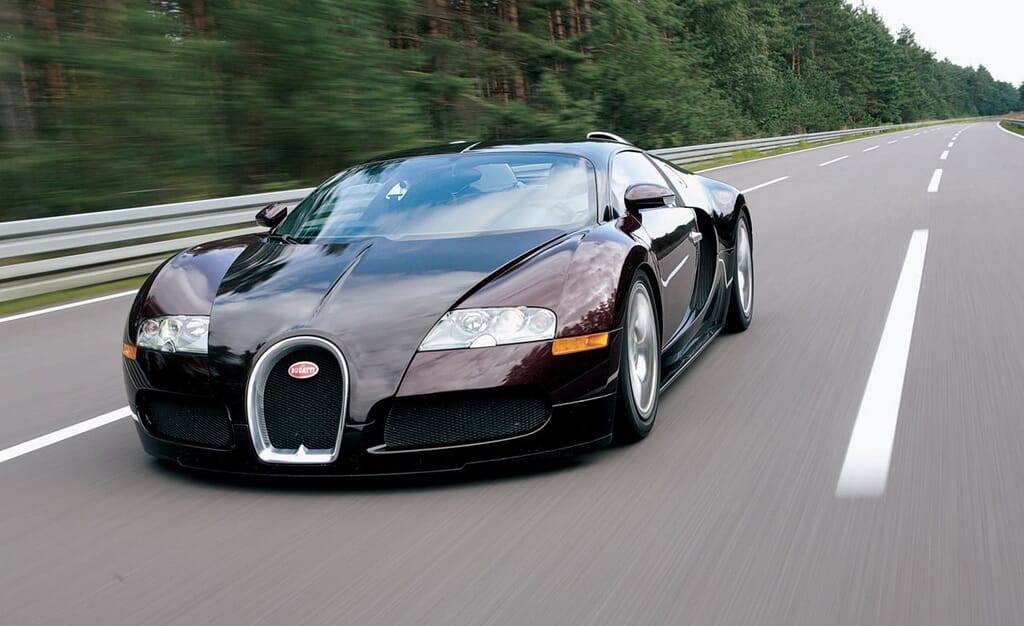
In an age of frugality, it’s heartening (for car enthusiasts) to see a regular stream of hypercars being launched. Here, the Windrush supercar storage team looks at three of the (very) best.
First, we had sports cars, then came the supercar and now we are in the era of the hypercar. What comes next is anyone’s guess, but the current crop of hypercars certainly takes things to a whole new level since the first of its type was revealed, the Bugatti Veyron.
The Veyron undoubtedly impressed us all with its numbers – 1184bhp, 0-60 in 2.5 seconds and 254mph top speed – but it was more of a Grand Tourer than race track wannabe, and its 1888kg weight attested to that. Today’s hypercars are lightweight, agile, and packed with tech – one even uses a real F1 engine to power it.
Here are three of the best modern models, which Windrush’s hypercar storage team looks forward to welcoming to our facilities in London and the Cotswolds.
Aston Martin Valkyrie
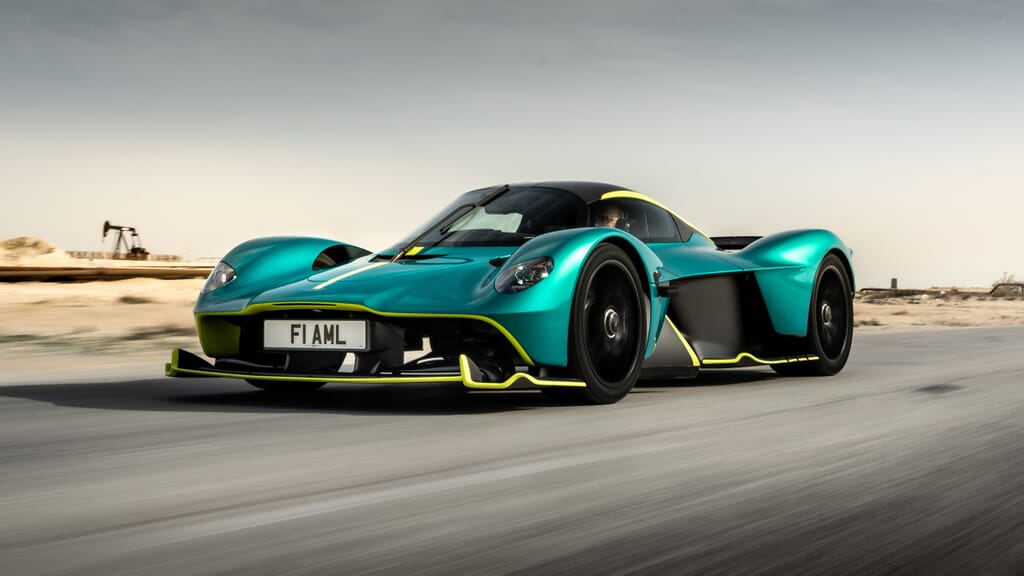
Red Bull F1 technical director Adrian Newey can be credited with the concept, and it’s because of him the Valkyrie is all about pure performance and lap times.
This road-legal racer has a lightweight carbon tub and its exterior bodywork uses adaptive aero perfected in the wind tunnel. But, for many of us, it will be the naturally aspirated 6.5-litre V12 motor that excites, especially when you learn it revs to 11,000rpm and produces 1140bhp. 0-62mph? 2.5 seconds. Top speed? 220mph.
Inside it’s a little cramped, and noise-cancelling headphones are required to protect against the roar of the Cosworth-built engine, but it provides a very real motorsport experience and buyers looking for a comfortable cruise down the Autobahn (or King’s Road, if you prefer) should look elsewhere.
Mercedes-AMG One
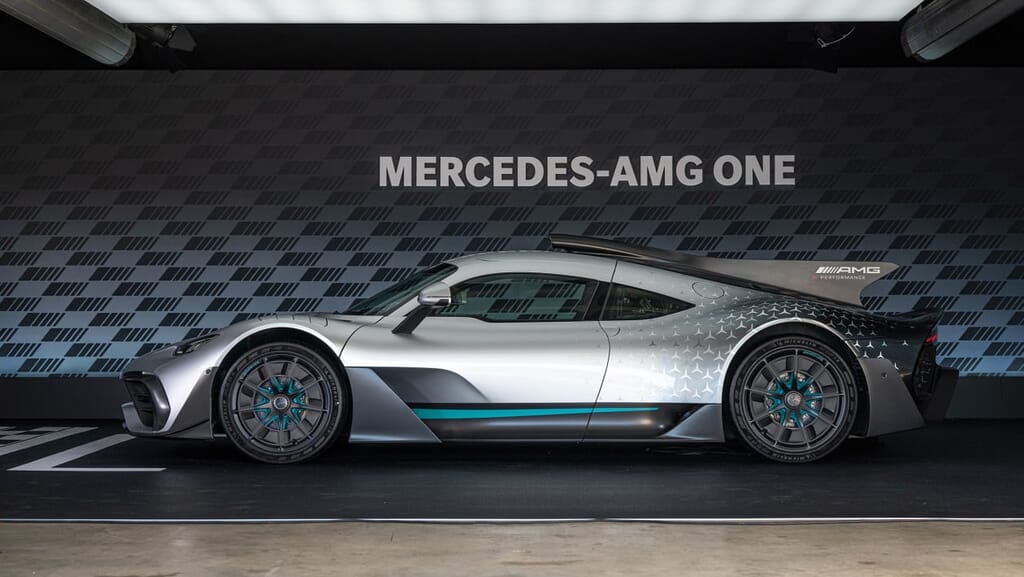
Regarded by many as the closest thing to a modern Formula One car for the road, the Mercedes’ 1.6-litre V6 engine, the same as the 2015 actual F1 engine, offers a combined output of 1,063 hp and delivers 0-124mph in under six seconds. That’s a 0-60 time to be proud of not so long ago.
Nothing looks like the One, but you can see that in the picture, what you can’t see is the engine spec so let’s get back to that. The 1.6-litre V6 engine really is related to the 2015 Mercedes F1 car, with two added electric motors, one to boost the engine and one fitted to the F1-style turbocharger, and that’s enough for a top speed over 217mph. But let that sink in, you can buy a road-legal car, powered by a fairly modern Formula 1 engine. Blimey.
It’s small inside, as you may have seen when Chris Harris drove one on Top Gear, but this seems to come with the territory when looking at the ultimate hypercars. 275 will be made, each costing over £2 million, but as they’ve all been sold most of us have already missed the boat.
Gordon Murray Automotive T.50
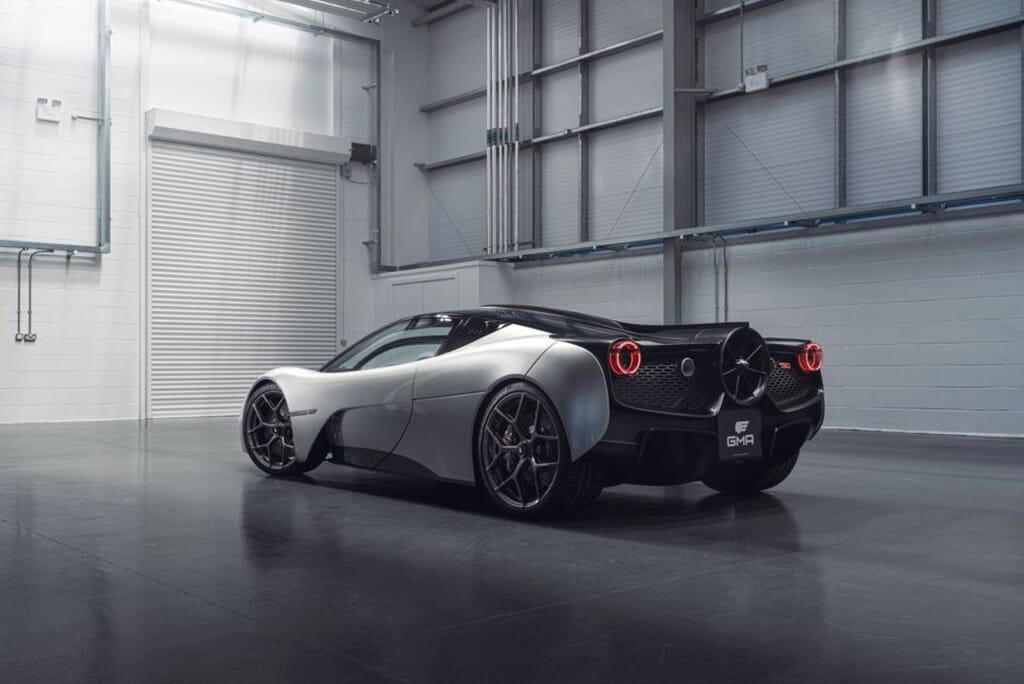
Heralded as the lightest supercar ever built, the T.50 echoes back to Murray’s McLaren F1 as it brings back the three-seat, carbon fiber cabin creating, says the man himself, “the most driver-focused supercar ever built”.
One of the first things you notice about the design is the rear fan. In the ’70s, Murray introduced the Brabham BT46B ground effect fan car for the 1978 Formula 1 season and the T.50 uses a refined version of that technology once more. Power comes from a new 650bhp naturally aspirated 4.0-litre Cosworth V12 which revs to 12,100rpm, and promises to offer unsurpassed performance with new levels of driving dynamics.
The T.50 places its driver centrally in the cabin, just like the F1, and its footprint is smaller than the Porsche 911 (and lighter than the Alpine 110) with a body measuring just 1.85m wide. The rear fan is there to develop downforce by rapidly accelerating the flow of air under the car, said to “rewrite the rule book for road car aerodynamics”.
Just 100 road-going T.50s will be hand-built at the firm’s Dunsfold facility, each at a cost of £2.8m.
The way we were
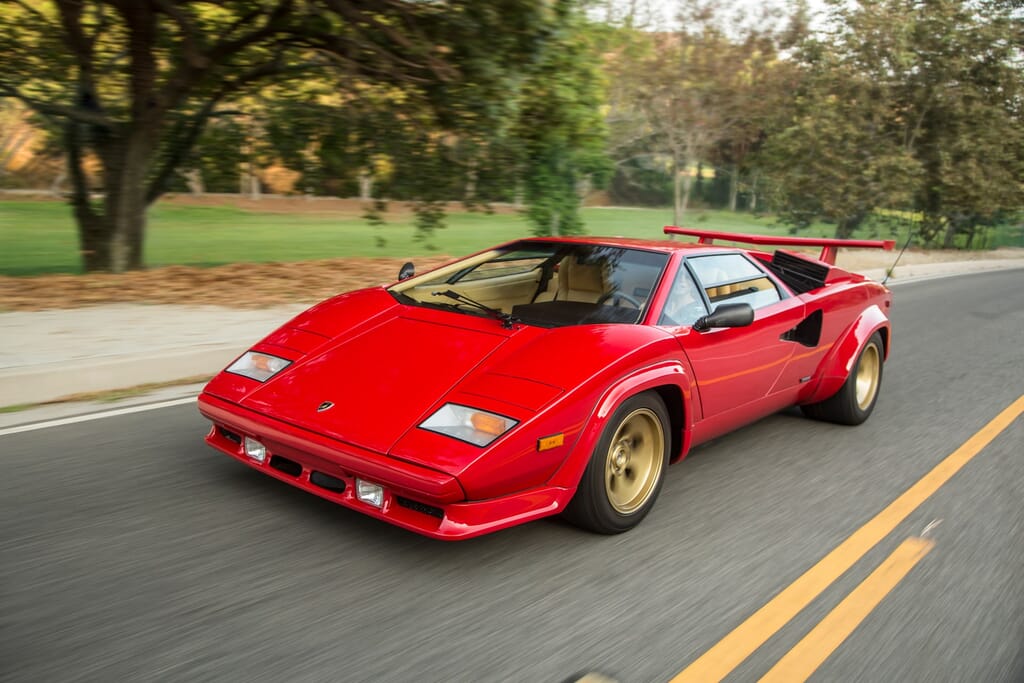
To put all that into context, let’s look back at one of the most outrageous supercars in history, the Lamborghini Countach. The heroic, wedge-shaped Lambo came in a variety of formats but, for this comparison, we’ll look at the 1985 Countach LP5000 QV.
610 were made, all with Lamborghini’s famous, naturally aspirated 5.0 V12 featuring DOHC, 4-valves per cylinder and fuelled through carburettors. 455bhp was the result with a top speed of over 180mph and a 0-60 of 5.2 seconds. All that with no hybrid motors, no driver aids, no carbon fiber, and barely any electronics.
There can be no doubt that the latest hypercars excite and amaze like no other, but that nigh-on 40-year-old Lambo won’t be too far behind – in a drag race, at least.
Hypercar storage and beyond in London and the Cotswolds
At Windrush, we’re proud to offer the same sky-high service, whether you bring us one of the latest hypercars or a vintage icon. Always putting the customer first and ensuring the answer is always ‘yes’, we’ve built our reputation on a long term car storage solution that goes the extra mile for your pride and joy.
Whether you visit our supercar storage facilities in the peaceful Cotswolds or the bustle of central London, we’ll start impressing you right away with the signature twelve-step induction process that settles your vehicle in the right way, followed by custom long term car storage maintenance that means your model feels better than ever when you next turn the key.
From EV storage to a safe home for your supercar, the Windrush team are experts in our field. Drop us a line today on info@windrushcarstorage.co.uk

